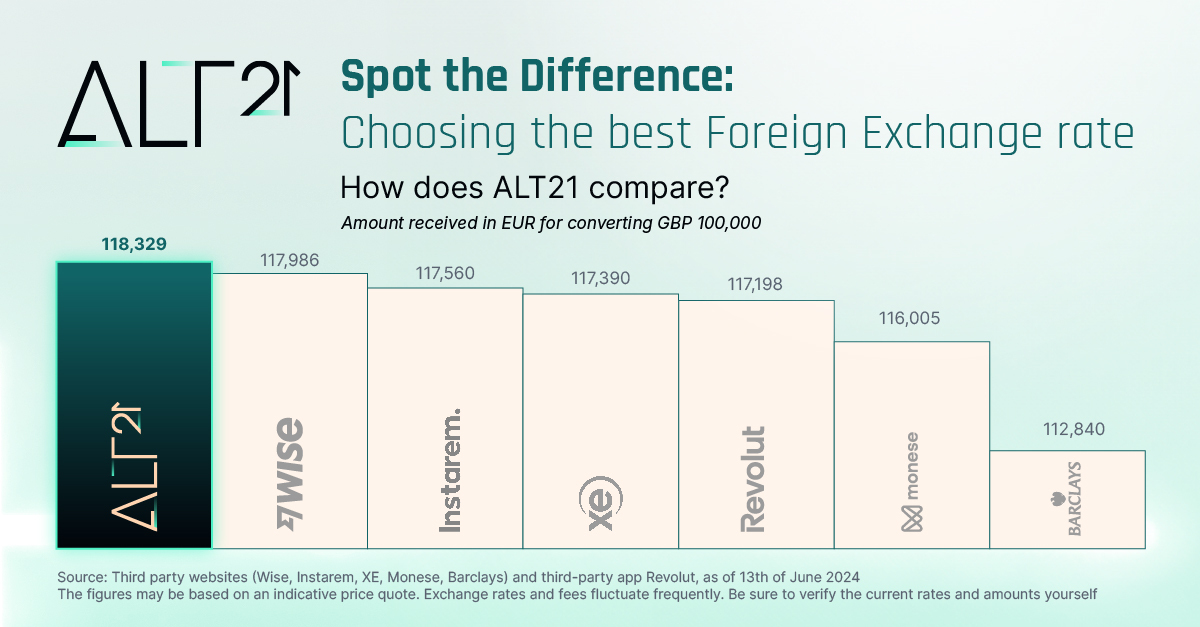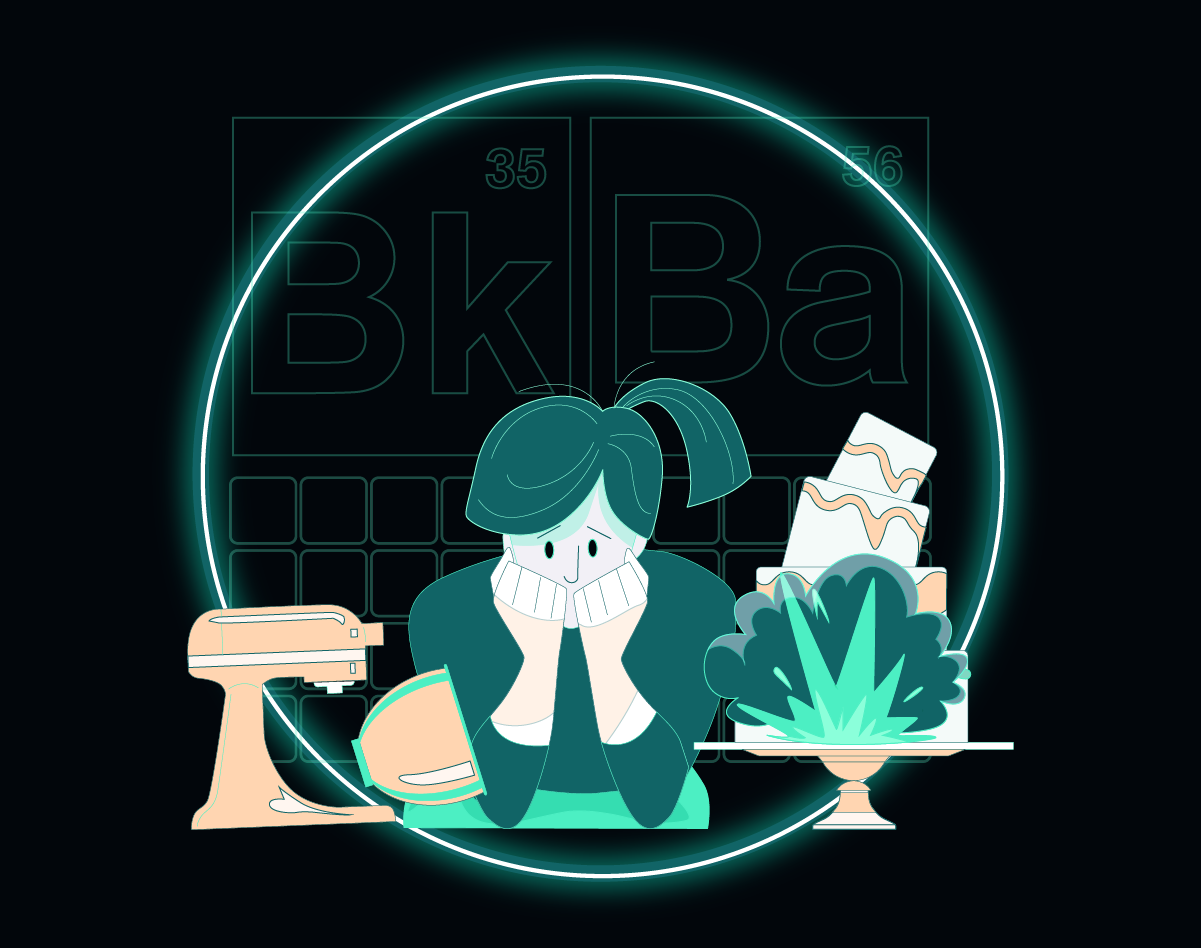If your business has currency exposure, then using the spot rate — the current market exchange rate — every time you process a payment is just like rolling the dice. Sometimes you win, sometimes you lose, but you never know for sure until you actually roll those dice.
Despite this, many businesses don’t have a hedging strategy. Maybe it doesn’t occur to them, or they feel it’s too complex and costly to be worthwhile. If you’re one of them, we’re going to show you why putting an foreign currency (FX) hedging strategy in place could be one of the best things you do as a CFO.
1. You probably already hedge
Most people associate the word “hedge” with dodgy Wall Street deals and economic trouble (thank you, 2008). However, “hedge funds” and “hedging” are about as similar as apples and car tyres.
While traders can — and often do — use the same techniques to speculate, the main purpose of hedging techniques is to limit risk. A hedge is simply a transaction that you do to remove or reduce risk.
This is something you probably already do in your business. For example, you probably have employers’ liability insurance, to limits your potential losses if a staff member gets injured at work and sues for compensation. And professional indemnity insurance to limits your exposure if a client claims your work was so poor it caused physical, mental, or financial harm.
FX hedging is the same idea, but to limit currency risk. By using instruments like options and forwards, you can stop exchange rate fluctuations from eating too much into your profits. Put more simply, it’s another tool to help make your business more resilient.
2. Foreign exchange losses can creep up on you
Unless you’re dealing with emerging markets, exchange rates rarely crash or spike overnight (though it’s been known to happen). But, while they might seem minimal, even movements of a few pips — hundredths of a percentage point — can have a significant impact on your bottom line.
Let’s say you’re an Irish business that manufactures and sells machinery to US clients. When your client places an order at a quoted price of $5,000. At the time, the EUR/USD exchange rate is 1.0175, so the order is worth €4,914 to you.
However, there’s an eight week interval between order and deliver. During that time, the Euro strengthens against the Dollar and the exchange rate is now 1.0780. The $5,000 you’re getting from the client is now worth €4,638 — a 605-pip movement has slashed your profit by €276.
Of course, a €284 reduction in profits is unlikely to put you out of business. The problem is that currency fluctuations have a cumulative impact. And, because changes are relatively small in the short term, you may not notice how badly they’re hurting the business until it’s too late.
Imagine you had 10 US orders to fulfil. Suddenly, your profit is €2,840 less than anticipated. More to the point, if you source parts from the UK and the Pound strengthens against the Euro at the same time as the Euro strengthens against the Dollar, you’ll get squeezed from both sides. Your revenue will go down while your production costs go up.
Over time, situations like this can create cash flow issues and make your company less valuable: what is known as operational or economic risk.
Economic cycles can last a while and, while you might think you can ride the waves, your business could unwittingly become like the proverbial frog that doesn’t realise it’s being boiled alive until it’s too late to jump out of the pot. At the risk of over-egging the metaphor, hedging gives you a way to keep the temperature at a nice manageable level.
3. Hedging gives you more control
Exchange rates are influenced by many complex, interrelated factors. They’re notoriously tough to forecast and even extremely successful traders can get their predictions wrong. If markets can’t be predicted, then hedging can give you the next best thing: certainty about your own positive.
In effect, hedges can help you turn variable costs (like the amount you need to pay your US supplier next month) into fixed costs.
Instruments like futures and forwards make it possible to agree an exchange rate in advance. This means you’ll know exactly how much revenue you’ll have coming in — or how much an operational expense will cost — regardless of exchange rate movements.
Similarly, options — which give you the right, but not the obligation, to buy an amount of foreign currency at a pre-agreed exchange rate — allow you to lock in a “worst case” rate. As a result, you can benefit from market movements while having a safety net.
Imagine you had an option to exchange Dollars for Euros at EUR/USD 1.0177. If the exchange rate falls to 1.0176, you can ignore the option and buy Euros at the cheaper market rate. But if the exchange rate spikes to 1.0181, you can exercise your option and buy Euros at the rate you pre-agreed.
4. Hedging gives you greater visibility
You don’t need us to tell you that budgets and forecasts are a fundamental part of any business’ success. By making your inflows and outflows more predictable, hedging makes those budgets and forecasts more accurate. And it’s always good to have one fewer assumption in the footnotes!
What you might not have considered is that more accurate budgeting and forecasting could help your business grow by making previously unfeasible products or services commercially viable. Here are a couple of examples:
- Fixed-rate mortgages would be a loss-maker for banks if it weren’t for hedging instruments called interest rate swaps
- Fluctuations in the price of chicken feed meant the Chicken McNugget would have never seen the inside of our stomachs if it weren’t for forward contracts
What products or services could your business start selling if hedging gave you more visibility into their production costs?
5. A good FX hedging strategy needs clear goals
While hedging is a powerful risk management tool, you need to be clear about what you want to get out of it. If you’re like most businesses, one of your key aims will be to limit the impact of foreign exchange rate fluctuations on your balance sheet. But what would that look like in practice?
You’ll need to start by identifying the specific risks your company is exposed to. There are three main categories of foreign exchange risk:
- Transaction risk – There are important suppliers that you pay, or clients that pay you, in a foreign currency. Exchange rate fluctuations could impact your margin.
- Translation risk – You own assets or have liabilities denominated in foreign currency — a loan with an overseas bank, for instance. Here, exchange rate fluctuations could lower the value of your assets or increase your liabilities.
- Operational or economic risk – As we’ve already touched on, this is where exchange rate fluctuations impact your cash flow or long-term financial outlook.
Once you’ve identified your risks and ranked them in order of priority, it’s easier to develop a strategy that best meets your objectives.
If your biggest worry is transaction risk, for instance, you could use forwards to fix the exchange rate with key clients and suppliers. And if you’re worried about translation risk, you could use swaps — an exchange of interest payments in different currencies — to take advantage of interest rate differentials.
6. Keep your options open
Diversification is the cornerstone of any good risk management strategy. And hedging is no exception.
The whole point of hedging is that it protects you when things go wrong. And mixing and matching different techniques ensures you’re covered in as many different scenarios as possible.
Airlines learned a hard lesson about spreading their risk in 2020, when the price of oil plunged to record lows. Those that hedged their fuel costs using only forwards had to pay well over the market rate, because forwards create a legal obligation to buy and sell at the agreed rate. By contrast, airlines that used a mix of forwards and options made smaller losses. This is because, while you have to pay a premium to buy an option, the instrument creates a right, not an obligation, to buy or sell. So you don’t have to honour the contract if it doesn’t make financial sense.
Aside from mixing and matching different instruments, it may also be worth holding reserves in the currencies you’re exposed to. If you’re a UK business that deals with US and EU clients, for instance, you could set aside some US Dollars and Euro in a multi-currency account. This will allow you to settle small bills without having to exchange currency. And, if you do have to exchange at a moment’s notice, you have a couple of options. If you need Dollars but the GBP/USD exchange rate isn’t very good, for instance, you could exchange your Euro for Dollars instead.
7. Put checks and balances in place
Coming up with a solid hedging strategy is half the battle. But you also need to have controls in place to make sure your strategy works as intended. A big part of this is choosing the right partner.
These days, the FX market is a lot more tightly regulated than it used to be. That said, it’s critical to work with somebody who understands your needs, has the right expertise and is always open and transparent about risk and fees.
You should also monitor your strategy on an ongoing basis. Businesses evolve and change over time, and so do their foreign currency risks and hedging needs. Regular reviews will help you track your progress and make sure your hedging strategy continues to meet your objectives.
8. Hedging is beneficial for any business
You definitely don’t need to have offices in five continents to benefit from a hedging strategy. If your business has any kind of international footprint, hedging your currency risk makes sense.
For example, say you’re an e-commerce business or a travel agency. With a simple hedging strategy, you could display your prices in customers’ local currency without risking your profit every time there’s a small fluctuation in the exchange rate.
Similarly, with remote overseas working on the rise, a growing number of businesses are having to pay staff in foreign currencies. Here, a hedging strategy can help you ensure one of your biggest fixed costs — your payroll — doesn’t become variable and unpredictable.
9. Hedging doesn’t have to be complicated
No, really.
In fact, if you use a product like XHedge, it’s as easy as logging on to an online dashboard. You can instantly access high quality hedging instruments in over 30 currencies, 24 hours a day.
The technology handles all the complexities of trading, technical analysis as well as monitoring and reporting. Which means you can focus on your business, safe in the knowledge your foreign exchange risks are being kept in check.
10. Hedging could even become a source of revenue
Using a platform like XHedge is also beneficial for another reason: you can start offering access to simple, cost-effective foreign currency hedging products to your customers too.
This is a win-win.
Your customers get access to a valuable service. And your business will stand out, build stronger customer relationships, and create a healthy new revenue stream in the bargain.
If you’re a travel agency, for instance, your customers can save money by locking in a good exchange rate when they book their holiday. And a payroll software provider can help customers ensure they don’t lose out every time they pay their overseas staff’s salaries.
And those are just two examples.
Smart CFOs hedge their FX risk
Mark Zuckerberg famously said that, in business, ‘the biggest risk is not taking any risk.‘ But, while some element of risk is inevitable if you want to move forward, that doesn’t mean you have to jump off a cliff without a parachute.
With the world’s economic outlook looking gloomier than ever, there’s never been more pressure to make every penny count.
A strong FX hedging strategy means you have one less thing to worry about when it comes to your business’ financial health.
Want to learn more about how XHedge can help you limit your FX exposure?



